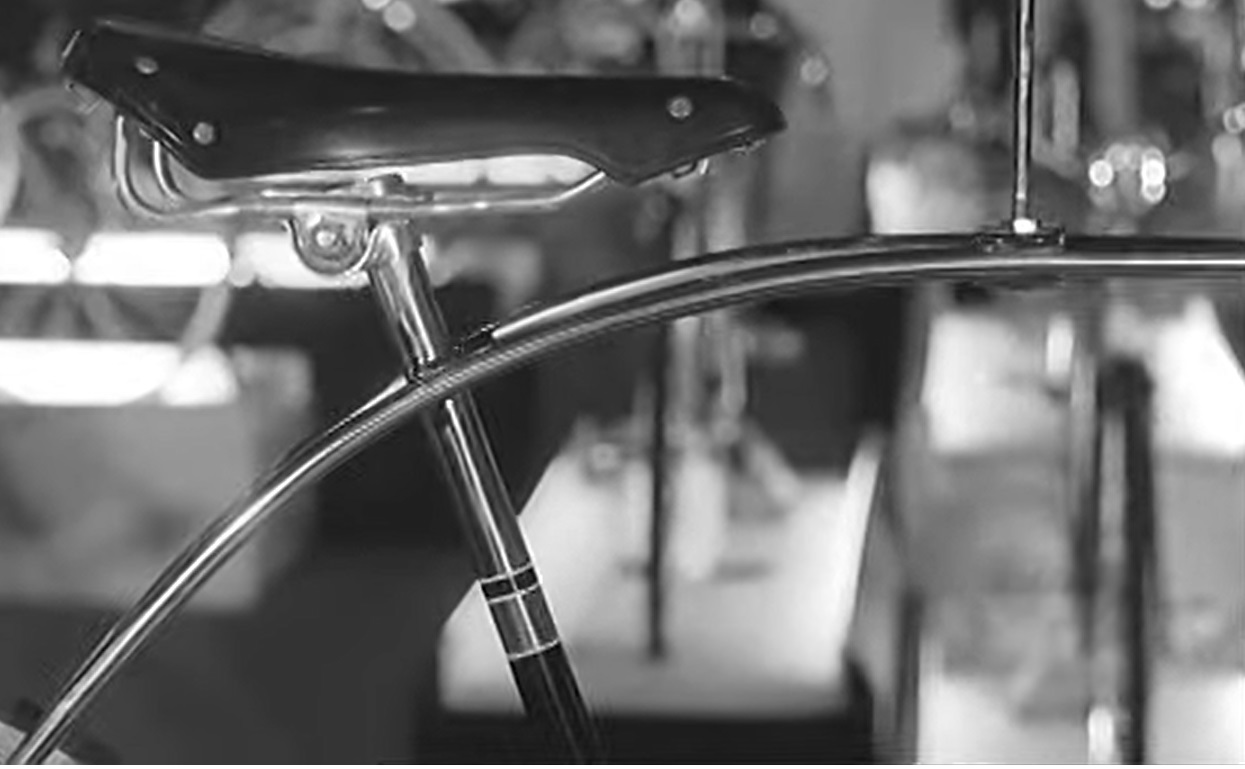::::::::::: ::::::::::: ::::::::::: ::: :::: ::: ::::::::::: ::: ::: :::: ::::
:+: :+: :+: :+: :+: :+:+: :+: :+: :+: :+: +:+:+: :+:+:+
+:+ +:+ +:+ +:+ +:+ :+:+:+ +:+ +:+ +:+ +:+ +:+ +:+:+ +:+
+#+ +#+ +#+ +#++:++#++: +#+ +:+ +#+ +#+ +#+ +:+ +#+ +:+ +#+
+#+ +#+ +#+ +#+ +#+ +#+ +#+#+# +#+ +#+ +#+ +#+ +#+
#+# #+# #+# #+# #+# #+# #+#+# #+# #+# #+# #+# #+#
### ########### ### ### ### ### #### ########### ######## ### ###
::::::::: :::::::::: :::::::::: :::::::: ::::::::: :::::::::: ::::::::::: ::: ::: :::::::::: ::: :::::::: ::::::::::: ::::::: :::::::: :+: :+: :+: :+: :+: :+: :+: :+: :+: :+: :+: :+: :+: :+:+: :+: :+: :+: :+: :+: :+: :+: :+: +:+ +:+ +:+ +:+ +:+ +:+ +:+ +:+ +:+ +:+ +:+ +:+ +:+ +:+ +:+ +:+ +:+ +:+ :+:+ +:+ +#++:++#+ +#++:++# :#::+::# +#+ +:+ +#++:++#: +#++:++# +#+ +#++:++#++ +#++:++# +#+ +#++:++#+ +#+ +#+ + +:+ +#++:++#++ +#+ +#+ +#+ +#+ +#+ +#+ +#+ +#+ +#+ +#+ +#+ +#+ +#+ +#+ +#+ +#+ +#+# +#+ +#+ #+# #+# #+# #+# #+# #+# #+# #+# #+# #+# #+# #+# #+# #+# #+# #+# #+# #+# #+# #+# #+# ######### ########## ### ######## ### ### ########## ### ### ### ########## ####### ######## ### ####### ########
The time period leading up to the 1970s was, in many ways, the "pre-history" of TITANIUM bicycle production. More than anything else, the groundwork was being laid for later developments.
Although elemental TITANIUM had been identified at the end of the 18th century, problems related to its refining kept it from being isolated in pure metalic form until 1910. Unlike Iron, TITANIUM cannot be reduced by heating it with carbon, and instead requires comparatively complicated chemical processes (try saying that ten times fast). Consequently, TITANIUM refining did not become commercially viable until the 1940s.

Recognizing the unique strengths of the metal, in the 1950s the Soviet Union pioneered the use of TITANIUM in the construction of military aircraft and submarines. Before long, the race to refine, stockpile and utilize TITANIUM in aerospace industries was on. In the U.S.A, the Department of Defense created financial incentives to push the commercial sector to develop its TITANIUM refining and construction capabilities for military use (source).
Of course, the U.S.S.R. and the U.S.A. weren't the only countries to develop TITANIUM working capabilities. Indeed, it was back in England, where TITANIUM had first been identified, that what appears to be the first TITANIUM bicycle was produced.

Established all the way back in 1896, the Birmingham based Phillips Cycle Company started out manufacturing bicycle pedals and rim brakes. In 1920, Phillips was acquired by the holding company Tube Investments. Later, as was common during World War 1, Phillips was converted into a military factory. After the war, however, Phillips made a lively return to the bicycle and motorcycle frame market, with the secretary of the company (somewhat pompously) declaring in 1951 that it was "the largest manufacturer of bicycles and accessories in the world."
Still, even if that wasn't quite the case, according to engineer and historian Sam Whitehouse,
"the decade 1950 to 1960 seems to have been the golden era for the manufacture of Phillips bicycles. Of the mass produced machines (in my opinion) Phillips bikes were better made than Raleigh, whilst not being in the same league as, say, Humber, Rudge or Sunbeam which were highly priced and produced in small numbers." (Grace's Guide)
Concerning Phillips' access to TITANIUM in the 1950s, Whitehouse has pointed out that
"IMI [Imperial Metal Industries], a division of ICI [Imperial Chemical Industries], based at Witton, Birmingham, England were- in 1954- manufacturing titanium ingots, forging stock and various fabricated products which had been supplied to the aircraft industry. I feel sure therefore that they would have had the necessary facilities for machining and welding titanium. Witton is only a few miles away from Smethwick where Phillips's 'Credenda Works' was situated."
>>> 1956 "Titanium Cycle"




These images are from a promotional film clip for the 1956 Cycle Show at Earl's Court, England.
Another film clip, showing the Phillips bike from a different angle, can be seen here.
Almost everything that is known about this, the first TITANIUM bicycle, comes from the UK Cycling magazine's coverage of the 1956 Cycle Show held at Earl's Court in Leeds. The frame by itself is reported to have weighed an astonishingly light 2 lbs 9 oz! The article explains that the curious design was chosen for its similarity to an American export model, in order to showcase what can be done with commercially pure TITANIUM in terms of shaping and weight reduction. The article also ends on a surprisingly prescient note about the likely future of the metal. As for my take on the bicycle, nostalgic appeal notwithstanding, it seems unlikely that it would have been stiff enough to ride at all.
Oddly, outside of the above cited Cycling article, there is what might be called a 'conspiracy of silence' regarding the groundbreaking Phillips machine. I wonder where it is now!
It stands to reason that there were other experiments with TITANIUM bicycles prior to the 1970s. Fritz Fleck, the maker of FLEMA bicycles, has suggested that the Porsche factory may have produced a TITANIUM frame, and I have extrapolated that, if this is so, it may have been made in the 1960s.
Email me your hot tips at
